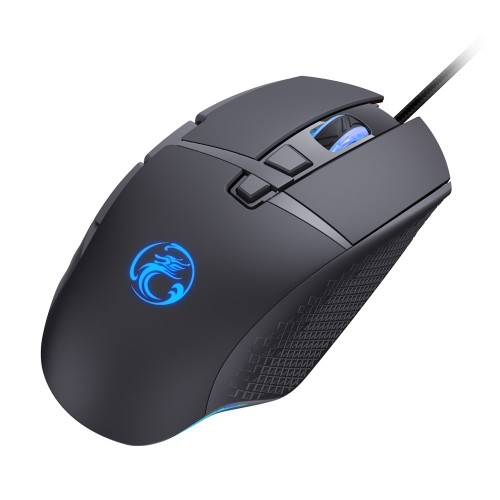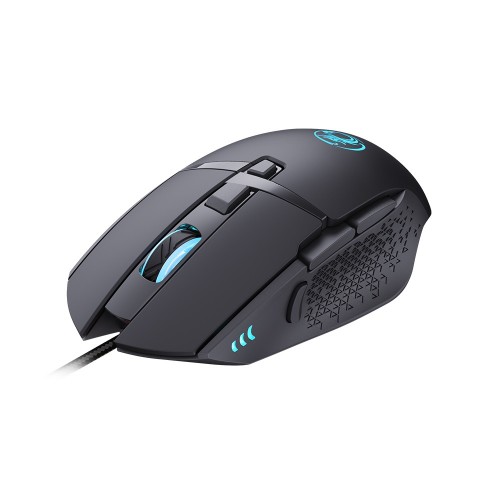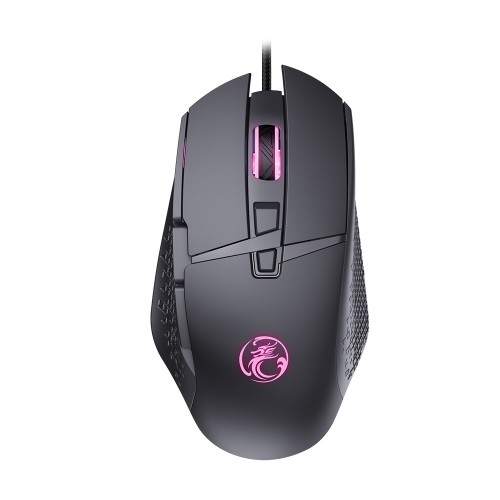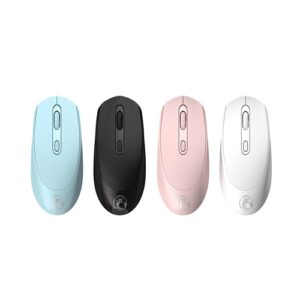Key Specifications and Configuration
Wired USB keyboards are widely recognized for their reliability and efficiency, offering a range of key specifications that cater to diverse user preferences. One of the most prominent features of these keyboards is the standard number of keys, which typically ranges around 104 keys for full-size models. This configuration includes alphanumeric keys, function keys, modifier keys, and navigation keys, each contributing to a comprehensive typing experience.
The functionality of each key plays a critical role in enhancing user interaction. For instance, the alphanumeric keys are designated for text input, while function keys (F1 to F12) provide quick access to various system commands and applications. Modifier keys, such as Shift, Alt, and Ctrl, allow users to execute combined keystrokes, enhancing productivity. Additionally, navigation keys, including the arrow keys and Home/End keys, aid in cursor movement and editing tasks, making them crucial for users who frequently work with text or data.
Another important aspect to consider is the configuration of the keyboard. Variations in layout—such as compact, tenkeyless, or full-size designs—directly influence user experience and ergonomics. Compact keyboards may sacrifice some keys for portability, potentially impacting users who rely on the number pad for numerical data entry. Conversely, full-size keyboards offer a complete set of keys, promoting comfort during extended typing sessions. Additionally, backlit configurations are increasingly popular, providing visibility in low-light environments and catering to gamers or professionals who often work under varied lighting conditions.
Overall, understanding the key specifications and configurations of wired USB keyboards is essential for selecting a device that aligns with one’s requirements, ensuring both functionality and comfort in various usage scenarios.
Performance and Technical Features
The performance of wired USB keyboards is significantly influenced by their technical specifications, which ensure efficiency in a variety of settings. Predominantly known for their reliable USB connection, these keyboards provide excellent data transmission rates. This connection minimizes latency, presenting a distinct advantage over wireless counterparts, particularly for gaming and precise typing tasks. The immediacy of signal transfer in wired keyboards enhances responsiveness, fulfilling the demands of users who require swift and accurate input. As such, choosing a wired USB keyboard often leads to a more dependable user experience.
Another key aspect to consider is the adjustable resolution feature of many wired USB keyboards, with DPI settings varying from as low as 1200 to as high as 7200. This adjustable DPI not only affects cursor sensitivity but also allows users to tailor their experience according to personal preference and task requirements. Higher DPI settings enable finer cursor control, which is particularly beneficial in graphic design, gaming, and other precision tasks. Conversely, lower DPI settings are typically preferred for general typing, offering stability and comfort.
The physical design of wired USB keyboards also plays a role in performance, particularly regarding cable length. A standard cable length of 1.8 meters provides ample flexibility for various workspace arrangements. Users can position their keyboard optimally, ensuring comfort during extended usage without the constraints often faced with shorter cables. Furthermore, the average working current required for wired keyboards usually hovers around 100-500mA, which is minimal. This efficiency not only contributes to the device’s performance but also aligns with environmentally conscious practices by reducing overall power consumption.






